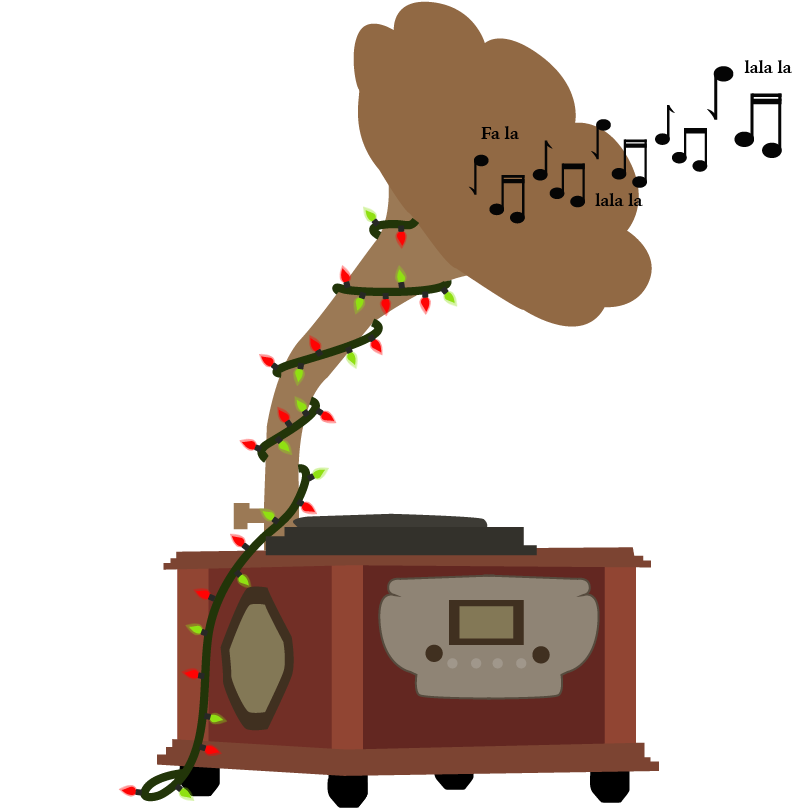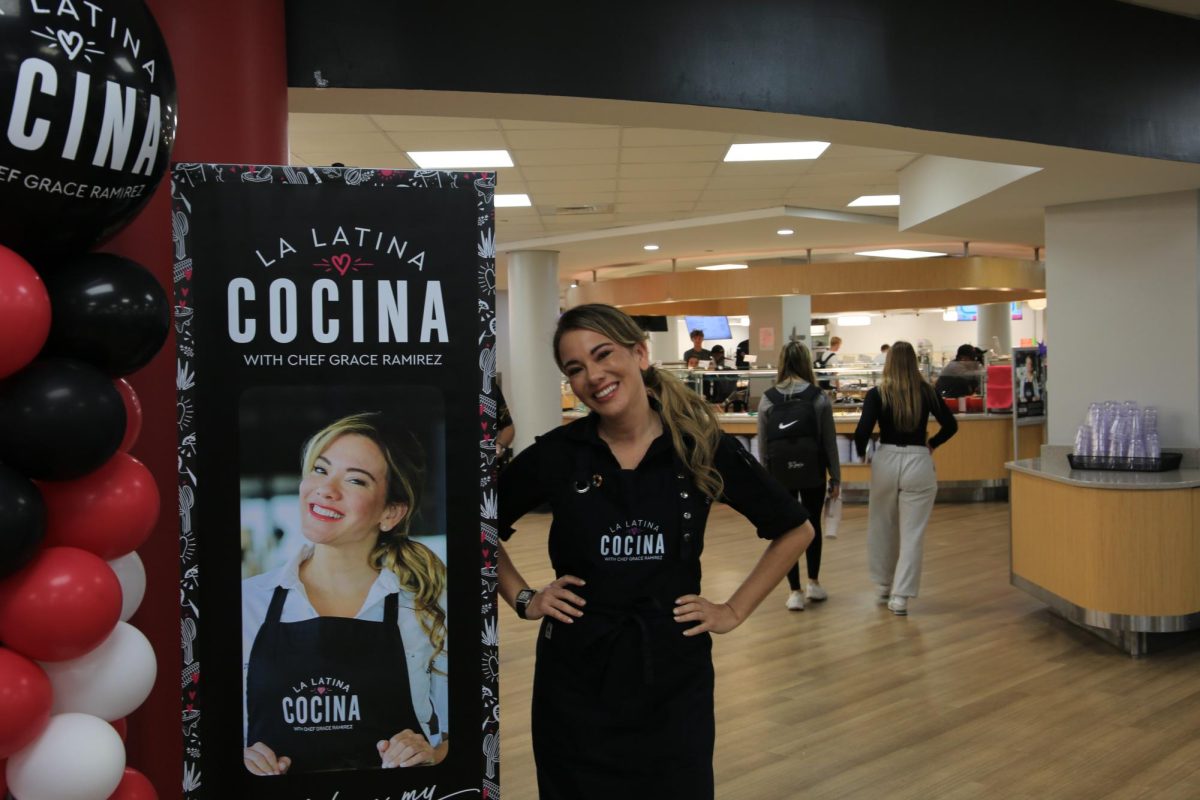Shortly after people stuff their Halloween costumes in the backs of their closets and take down their spooky decorations, one of the most pressing debates that plagues society arises: when to turn on the Christmas tunes.
Nara Finkelstein ’22 feels that once the calendar reads Nov. 1, it’s time to start playing her favorite holiday tunes.
“Once Halloween passes, it means that Christmas is just around the corner,” Finkelstein said. “November is the ‘get ready for Christmas’ month, so spirits have to be raised and ready for what’s coming.”
For people like Mary Kate McNaught ’20, snow on the ground marks when it’s time to start playing Christmas music.
“It doesn’t match the weather,” McNaught said. “I think Christmas music should start being played once it starts snowing.”
Christmas music as we know it today was popularized in the 1940s, with artists such as Nat King Cole and Bing Crosby producing iconic holiday favorites, such as “Let it Snow! Let It Snow! Let It Snow!” and “Santa Claus Is Coming to Town,” respectively.
In the last decade, though, an influx of new, modern Christmas songs paired with covers of various classics sung by some of the biggest names in music, have taken over the airwaves and streaming services sometimes as early as Nov. 1.
Catherine Hughes, Ph.D., historical musicologist and visiting assistant professor of music at St. Joe’s, said it’s important to differentiate between liturgical music and commercial music. Traditional liturgical Christmas music isn’t generally played in religious spaces before Dec. 25, she said.
On the contrary, the more commercial music, encompassing Christmas and other holidays such as Hanukkah and Kwanzaa, begins to be celebrated earlier as a way to gear up for the religious holidays.
“If you’re trying to sell stuff for people to buy and start celebrating the liturgical season, you’re going to have to push that deep back into November,” Hughes said.
The retail aspect is a big influence, Hughes said.
“Part of it, of course, is selling as much as possible for as long as possible,” Hughes said. “If you think about where Christmas music is heard, it’s heard on the radio and in stores. So, if you play it in stores and present a bunch of Christmas stuff, then people will perhaps be more inclined to buy.”
Many retail outlets begin getting into the holiday spirit long before Thanksgiving. On St. Joe’s campus, Starbucks sells holiday-themed drinks and cups, but doesn’t pipe corresponding music over its speakers. The Saxby’s playlist depends on which student happens to be running the music.
For students like Daniel Trout ’20, listening to Christmas music before Thanksgiving just feels wrong.
“My personal thing is that I don’t play it until after Thanksgiving,” said Trout. “That’s my favorite holiday, so playing Christmas music before feels like it’s taking away from it.”
Maddie Michelini ’20 said she also wants to savor Thanksgiving first.
“It feels as if [they’re] ignoring Thanksgiving,” Michelini said. “Thanksgiving is still a holiday, separate from Christmas, and should be respected.”
But for Nate Fioravante ’20, listening to Christmas music beginning in November goes along with the prevalence of holiday-themed items.
“It just feels right,” Fioravante said. “Everywhere you go, there’s just Christmas stuff around.”















































